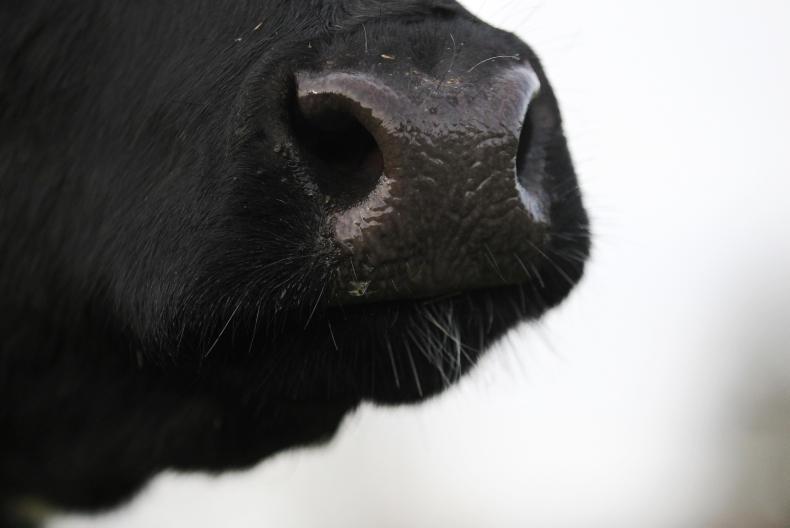The grazing season is starting to wind down this week with the days shortening considerably and grass growth slowing eventually after a bumper growing season.
We are closing in on 14.5t of grass dry matter per hectare (DM/ha) grown in 2017, which is exceptional for this farm.
Usually growth is pinched a few times during the year with dry conditions, but this year we made surplus bales every month from April to August.
We will push stocking rate up slightly on the milking platform next year and see if grass supply can match the extra demand.
We will move from three cows/ha to 3.2 cows/ha and see how that goes in terms of supplement needed to support it and milk solids yield for the year before making a permanent decision.
If we start hitting a few dry years again we may have to backtrack a bit or make other arrangements such as zero-grazing in some grass from an outside block.
The cows are finishing the year in good order with the herd well settled into the once-a-day milking routine after the first week.
Ad-lib access
They are coming into the parlour at 7am for milking, followed by ad-lib access to good-quality first-cut silage.
All cows get at least two hours access to the silage before going back to the paddock at 11am and stay there until the following morning.
This has worked well with the dry weather for the last week but we might have to reverse it when the rain returns and give a couple of hours grazing in the paddock followed by cubicles and silage for the night.
Milk yield has dropped to 12l per cow this week but butterfat has lifted to 5.35% and protein to 4.40%, with SCC holding at 130,000.
Lactose has dropped to 4.63% so this will need some managing over the next few weeks with a batch of low-yielding cows selected each week for drying off.
Production might be down slightly overall but we should still hit 500kg of milk solids sold per cow for the year.
Easier
The positives of improved cow health and condition as well as improved feet and legs offset any production loss as well as the human side of things with an easier working day for everyone.
We will watch cell count and lactose for the next few weeks but at this time of year, over-milking low-yielding cows at evening milking can cause as much SCC problems as anything else.
We will stick to our usual drying off regime for another year.
We use dry-cow tubes across the herd as a blanket treatment and have resisted the option of adding teat-sealers up to now.
The last of the in-calf heifers came into the shed this week to leave enough grass outside for the weanling heifer calves.
These now should have enough ground to graze to the end of the month so they should hopefully only need a two month winter.
The shed will be crowded this year with numbers a bit higher than they should be but if we keep the winter as short as possible it should work out OK.






 This is a subscriber-only article
This is a subscriber-only article










SHARING OPTIONS: